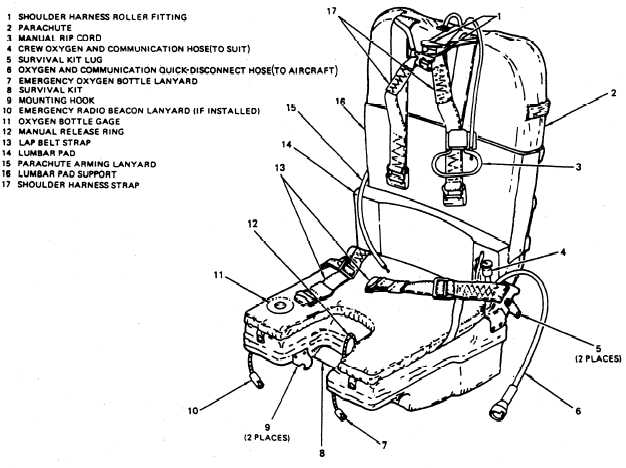Figure 6-18.—Survival kit and parachute removed.
emergency code card, water storage bag, a 50-foot
nylon cord, and shark repellent.
Operation
As the seat moves up the guide rails during
seat ejection, the aircraft-attached emergency
oxygen lanyard is pulled automatically to actuate
a supply of emergency oxygen. In the event of
high-altitude ejection, the emergency oxygen
provides protection against blackout while the
crew member is descending to a safe altitude. By
pulling the manual kit-release handle on the right
side of the kit, the crew member may deploy the
kit during parachute descent. Upon deployment
of the kit, the top and bottom halves separate;
both halves are still connected to the crew
member by a retaining lanyard. The survival
kit gear remains with the bottom half of the
container (stowed in a zippered bag), while the life
raft separates from the container. A self-contained
pneumatic bottle automatically inflates the life
raft, which remains attached to the crew member
by means of the retaining lanyard.
Parachute deployment occurs following the
crew member/seat separation phase of normal
seat ejection. If the crew member is above a preset
pressure altitude of 14,000 (± 500) feet, an aneroid
in the parachute barometric actuator delays
parachute deployment until the crew member has
descended to the correct pressure altitude. The
parachute actuator delay cartridge then fires,
causing parachute deployment. The parachute
also can be deployed manually by pulling a
conventional D-ring rip cord.
CARTRIDGES AND CARTRIDGE-
ACTUATED DEVICES (CADs)
The types of explosive devices incorporated
in egress systems are varied. The AME working
with these devices must know how they function,
their characteristics, how to identify them, their
6-23

